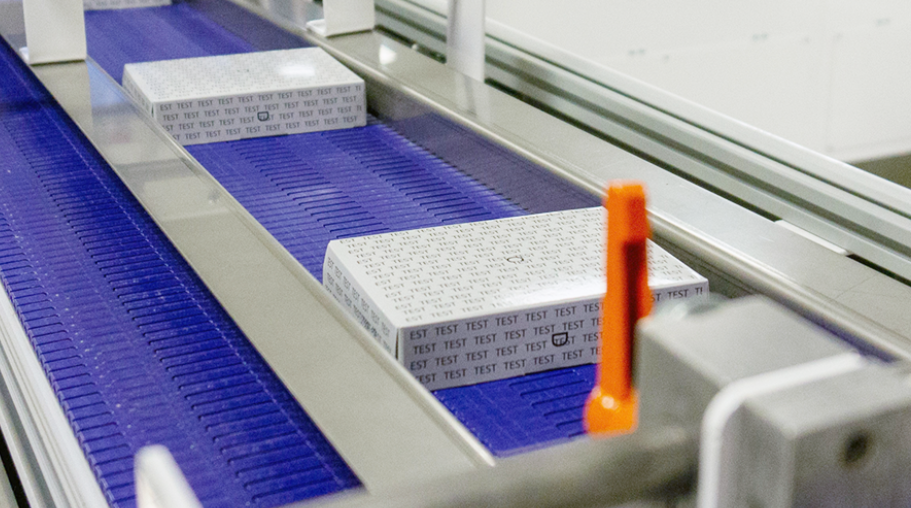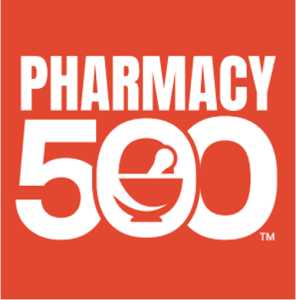Case Study: How a Large Multi-National Pharmaceutical Company Quickly Transitioned 28 SKUs to Comply With New Labelling Requirements
Background
A large Multi-National Pharmaceutical Company contacted Jones Healthcare Group for assistance in complying with new Health Canada regulatory requirements for labeling over-the-counter (OTC) products.
In January 2017, Health Canada adopted amendments to existing Food and Drug Regulations (Labelling, Packaging and Brand Names of Drugs for Human Use) for non-prescription, OTC drug products. The amendments and new guidance are commonly known as Plain Language Labelling (PLL) regulations. All OTC products at retail must be in full compliance by June 30, 2021.1 The pharmaceutical company contacted Jones well in advance of the effective date due to the volume and complexity of the program and to avoid placing their products at risk of non-compliance.
PLL regulations aim to improve the safe use of drugs by making labels and packaging easier for consumers to read and understand. These regulations share several commonalities with the OTC Drug Facts Label, required by the FDA in May 2002. The Canadian PLL regulations require health product sponsors to:
• Provide information in plain language
• Assess the name of their health products to avoid confusion
• Submit mock-ups of labels and packages to Health Canada for review
• Indicate how to report harms on their product’s label
• Provide information in an easy-to-read format, and
• Provide a Canadian Drug Facts Table (CDFT)
Challenges

PLL requires changes to existing labels and outer packaging to better serve the consumer with easy-to-understand language and a significant amount of additional product information, including a CDFT. This is well beyond what existing OTC packaging includes, and more than what a standard-sized, four-sided carton would hold.
The project scope required bringing 28 stock-keeping units (SKUs) into compliance with PLL. The SKUs varied by dosage form, quantity, primary and secondary packaging, as well as the therapeutic area – and each SKU had its own unique packaging demands and timeline to maintain an unaffected retail shelf presence. Inventory management between the current packaged formats and the new PLL-compliant formats presented another challenge since the company aimed for a seamless transition between current and new formats to avoid unnecessary waste. This added a great deal of complexity and required a precise, coordinated effort across our own and our client’s multi-disciplinary teams.
In essence, a new relationship dynamic between Jones and our client organization emerged – and we owned more of the packaging development process than ever. Jones joined forces with our client in new ways to effectively complete this project, with full collaboration across multiple stakeholder groups from research and development, client product managers, supply chain planners and regulatory specialists to art departments, carton and label designers, validation experts, quality specialists, project managers and packaging engineers.
The pharmaceutical company contacted Jones well in advance of the effective date of the new PLL guidance, which meant these OTC products would likely be the first that consumers would encounter containing the new labeling – and the launch of redesigned packaging had to be done right the first time.
Results

All 28 SKUs were delivered in accordance with the forecast timelines and the overall project was completed early.
The brand also experienced a significant positive impact from complying with the new regulations early. For this pharmaceutical company, their PLL-compliant OTC products were on store shelves well before the compliance deadline, which meant the company took the lead in communicating new labeling requirements to consumers.
For consumers and patients, PLL is helping them to better understand OTC products, make informed purchasing decisions in stores and use products as directed at home.
Four Critical Components of Success
1. Carton design, testing and validation
Jones had to develop multiple complex and innovative carton designs. We designed, tested and validated cartons with up to four additional panels to accommodate more product information required by PLL while maintaining the same overall footprint of the carton, so the client did not have to modify product displays in-store. These resealable multi-panel folding cartons also had to be durable, pass the client’s strict quality specifications, function within the demands of the production process, and remain functional throughout the life of the product. This means cartons had to have an ideal coating and glue formulations and combinations to ensure fold-out panels could be opened and resealed multiple times throughout the shelf-life of the product, without losing seal integrity and without tearing any of the printed consumer critical information. In addition, detailed artwork technical assessments, while always important, became critical since adding the PLL requirements had an impact on other essential labeling. For example, mandatory lot and expiration coding still had to be read by vision systems.
2. Collaboration and coordination
A collaborative mindset and transparent communication through tight project management were critical. This was especially challenging as we needed to create and efficiently move through an approval process a large number of proofs, which involved packaging engineering, marketing, quality, regulatory and third-party providers. Jones employed the principles of Responsibility, Accountability, Consulted and Informed (RACI) to best manage the complexity of the project. On any day, there were hundreds of activities taking place, all-important, and all with critical outcomes at stake. Clear communication channels were quickly established among the multi-disciplinary teams, including timelines and meeting frequency to ensure everyone had adequate situational awareness and critical decisions could be made quickly to avoid project delays.
3. Testing
While testing is standard practice and a requirement for pharmaceutical packaging, it was critically important for this project. The complexity of the product variations across 28 SKUs required more testing than ever. In order to ensure cartons met all quality parameters, Jones tested every packaging variation multiple times, creating extreme environmental and physical conditions to develop solutions and mitigate potential risk at any point within production or consumer use.
4. Understanding the client
Understanding the client’s business outcomes was a key component leading to project success. Everyone involved in the project understood the importance of helping this client comply with Health Canada’s new labeling requirements and a seamless transition to new compliant packaging for a market leader. The client’s brand and entire OTC business in Canada would be affected and there was no room for error. Jones communicated this at the beginning of the project, so every member of the team could exercise initiative to help achieve the client’s outcomes.
Summary
A large Multi-National Pharmaceutical Company contacted Jones Healthcare Group for assistance in complying with new Health Canada regulatory requirements for over-the-counter (OTC) product packaging, which had a significant impact on packaging design. The complex project required packaging for 28 SKUs with additional, specialized labeling to comply with requirements. Jones achieved success with innovative carton development, collaboration across many departments within both the client and Jones organizations, extensive packaging and process testing, and a deep understanding and appreciation for the client’s desired business outcomes.








